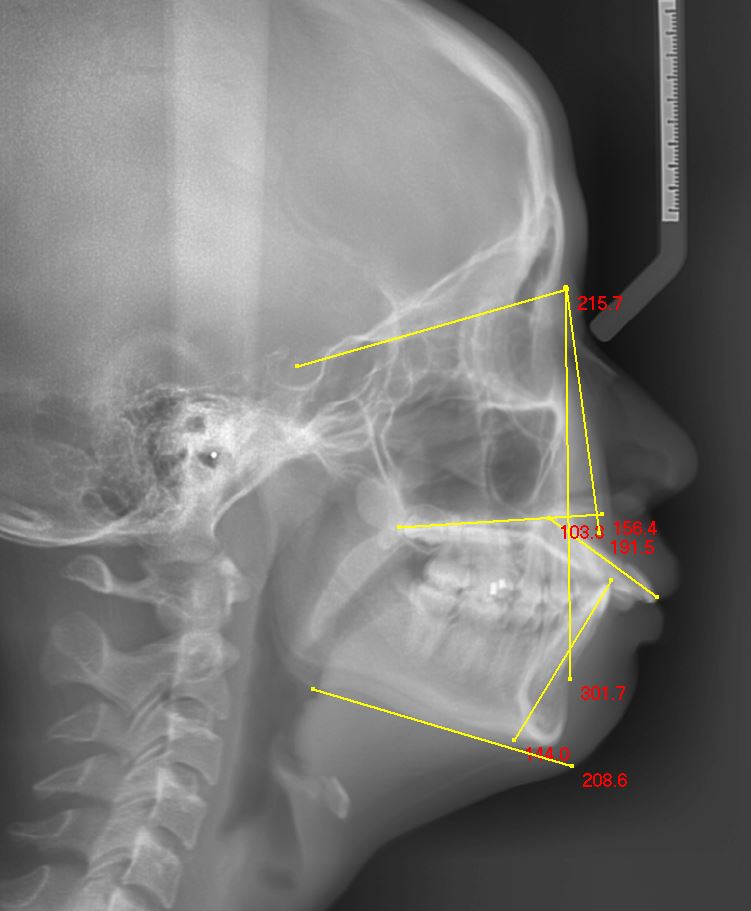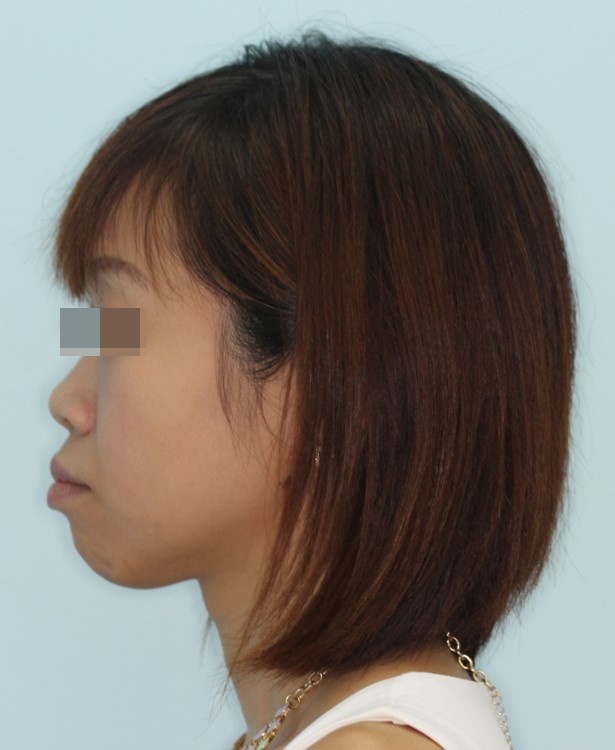Amongst Asians, especially amongst braces patients in Singapore, the bimaxillary proclination is one of the commonest malocclusions. In these cases, the upper and lower front teeth are leaning forward at a greater angle than the average. The lips are also leaning too far forward as a consequence and gives the patient a protruberant profile.

Xray of a Patient with Bimaxillary Proclination

Xray of a Patient without Bimaxillary Proclination
These malocclusions require the removal of four first premolars to create the space necessary to retract the upper and lower front teeth with the use of braces. As the lips rest on the front teeth, the retraction of the front teeth will bring about a similar retraction of the lips. Typically, these treatments last approximately 2 years provided the patient is compliant and keeps regular appointments.

Profile Before Bimaxillary Proclination Correction
While many patients are naturally apprehensive about the removal of teeth, today’s anaesthetics are very efficient at numbing the teeth and gums that extractions are now a painless process. Even injections have become a relatively painless process. Usually, the dental surgeon will spray a numbing liquid or apply a numbing paste to make the gums numb before the injection. Indeed it is very rare indeed to have a patient experience any sort of pain during this process.
In recent years, the introduction of temporary anchorage devices (TAD) has opened up a world of treatment approaches previously unavailable to orthodontists. It is now possible to use TAD’s as anchorage to retract the teeth without needing to extract teeth. However, a minor surgical process is involved and treatment tends to be marginally longer in these instances.
One thing is for certain: in the world of braces in Singapore, this correction remains one of the commonest and most effective treatments with appreciable results.


